How to Adjust the Sealing in Flow Pack Machine?
Adjusting the sealing in a flow pack machine, also known as a pillow packing machine, is crucial for ensuring optimal packaging quality and efficiency. The process involves fine-tuning various components such as temperature, pressure, and timing to achieve a secure seal without compromising product integrity. Begin by inspecting the sealing jaws for any wear or damage, then gradually adjust the temperature settings to match your packaging film's requirements. Next, modify the pressure applied during sealing, ensuring it's sufficient to create a strong bond without excessive force. Finally, fine-tune the sealing time to allow proper heat transfer without risking film damage. Regular maintenance and periodic adjustments are essential to maintain consistent sealing performance in your flow pack machine, ultimately enhancing product protection and shelf life.

Understanding the Sealing Mechanism in Flow Pack Machines
Components of the Sealing System
The sealing mechanism in a flow pack machine is a complex system designed to create airtight packages efficiently. At its core, the system consists of sealing jaws, heating elements, and pressure-applying mechanisms. The sealing jaws are typically made of durable materials like stainless steel or heat-resistant alloys, capable of withstanding high temperatures and repeated use. Heating elements, often embedded within the jaws, provide the necessary heat to melt and fuse the packaging film. The pressure-applying mechanism ensures that the heated film surfaces are pressed together firmly, creating a strong seal.
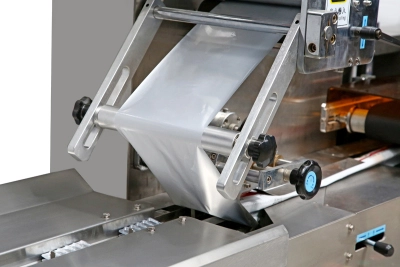
Types of Seals in Flow Packaging
Flow pack machines can produce various types of seals, each suited for different product requirements. The most common types include fin seals, lap seals, and end seals. Fin seals are formed by folding the film and sealing it along the edge, creating a fin-like appearance. Lap seals overlap the film edges before sealing, resulting in a flatter profile. End seals are created at the package's ends, sealing the product inside. Understanding these seal types is crucial for optimizing the sealing process and achieving the desired package appearance and integrity.
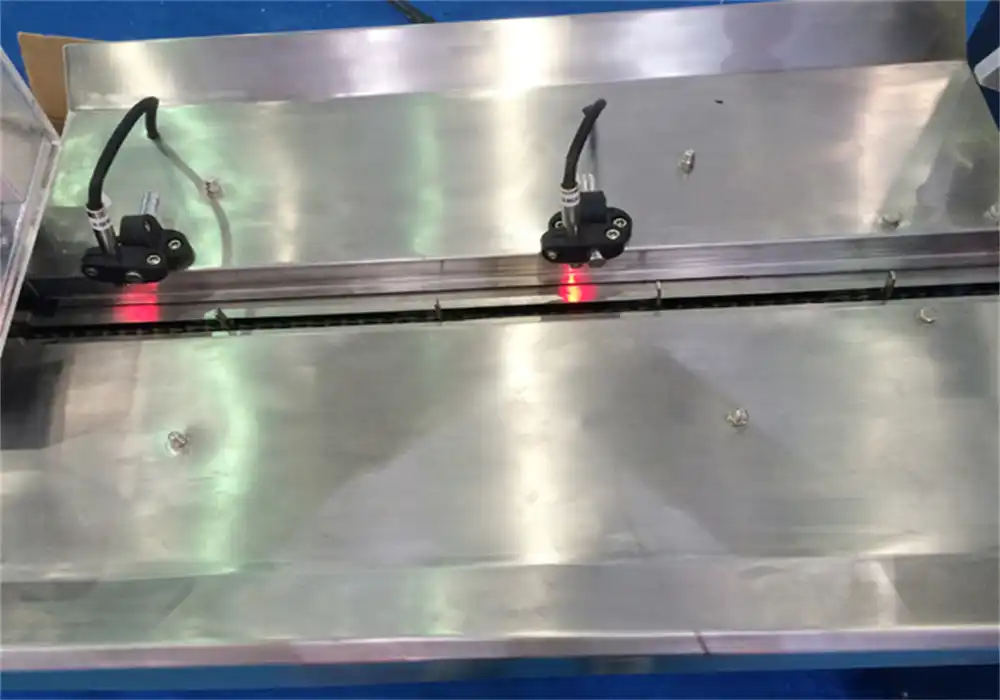
Factors Affecting Seal Quality
Several factors influence the quality of seals produced by a flow pack machine. Temperature plays a critical role, as insufficient heat may result in weak seals, while excessive heat can damage the film or product. Pressure is equally important; too little pressure may lead to incomplete seals, while excessive pressure can cause film thinning or distortion. Sealing time must be carefully controlled to allow proper heat transfer without risking package deformation. Additionally, the type and thickness of the packaging film, product characteristics, and environmental conditions such as humidity can all impact seal quality. Balancing these factors is essential for achieving consistent, high-quality seals in pillow packing machines.
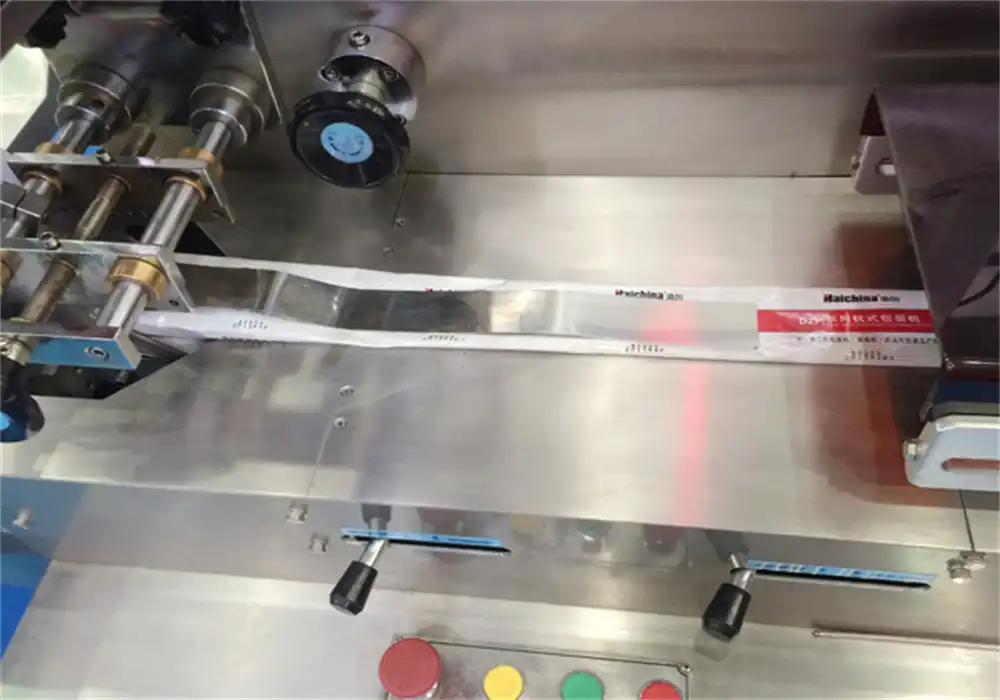
Step-by-Step Guide to Adjusting Sealing Parameters
Temperature Adjustment
Adjusting the sealing temperature is a delicate process that requires careful consideration of the packaging film's properties. Begin by consulting the film manufacturer's recommendations for optimal sealing temperature ranges. Start at the lower end of this range and gradually increase the temperature in small increments, typically 5-10°C at a time. After each adjustment, run a few test packages and inspect the seals for quality and strength. Look for signs of proper melting and fusion without excessive film distortion or product damage. If the seals appear weak or incomplete, continue increasing the temperature until you achieve satisfactory results. Remember that different areas of the package (such as side seals and end seals) may require different temperature settings for optimal performance.
Pressure Calibration
Proper pressure calibration of the pillow packaging machine is crucial for creating strong, consistent seals without damaging the product or packaging material. Start by setting the pressure to the manufacturer's recommended baseline. If this information is unavailable, begin with a moderate pressure setting and adjust as needed. Conduct seal tests and examine the results closely. Insufficient pressure may result in weak or incomplete seals, while excessive pressure can cause film thinning, distortion, or even product crushing. Gradually increase or decrease the pressure, making small adjustments until you achieve a balance between seal strength and package integrity. Pay attention to the uniformity of pressure across the sealing area, as uneven pressure can lead to inconsistent seal quality.
Timing Optimization
Optimizing the sealing time is essential for achieving the right balance between seal quality and production efficiency. Begin by setting the sealing time to the lower end of the recommended range for your specific film type and thickness. Run several test packages and evaluate the seal quality. If the seals are weak or incomplete, gradually increase the sealing time in small increments, typically 0.1-0.2 seconds at a time. Continue testing and adjusting until you achieve strong, consistent seals without signs of overheating or film damage. Keep in mind that longer sealing times may reduce overall production speed, so aim to find the shortest time that consistently produces high-quality seals. Additionally, consider the impact of product temperature and environmental factors on sealing time, adjusting as necessary to maintain optimal performance.
Troubleshooting Common Sealing Issues
Identifying Seal Defects
Recognizing and identifying seal defects is crucial for maintaining high-quality packaging output in flow pack machines. Common seal defects include weak seals, which may appear as areas where the film layers haven't fully bonded; incomplete seals, characterized by gaps or unsealed portions; and burnt or scorched seals, indicating excessive heat application. Other issues to watch for include wrinkles or folds in the seal area, which can compromise package integrity, and seal contamination from product residue or debris. Regular visual inspections of sealed packages can help detect these issues early. Additionally, implementing quality control measures such as burst tests or seal strength tests can provide quantitative data on seal performance, allowing for more precise identification of defects and their underlying causes.
Adjusting for Different Film Types
Pillow packing machines often need to accommodate various film types, each with unique sealing characteristics. When switching between different films, it's essential to recalibrate the sealing parameters accordingly. Start by reviewing the film specifications provided by the manufacturer, paying close attention to recommended sealing temperatures, pressures, and times. Thicker films or those with specialized coatings may require higher temperatures or longer sealing times. Conversely, thinner or more heat-sensitive films might need lower temperatures and shorter sealing durations to prevent damage. Begin with conservative settings and gradually adjust until optimal seal quality is achieved. It's also important to consider the film's shrinkage properties, as some materials may contract more than others when heated, potentially affecting seal integrity. Maintain a log of successful settings for each film type to streamline future adjustments and ensure consistent packaging quality.
Maintenance for Consistent Sealing Performance
Regular maintenance is vital for ensuring consistent sealing performance in pillow packing machines. Establish a routine cleaning schedule for the sealing jaws and surrounding areas to prevent build-up of film residue or product debris, which can interfere with seal quality. Inspect the sealing jaws regularly for signs of wear, damage, or misalignment, and replace or repair components as needed. Pay attention to the condition of the heating elements, ensuring they provide uniform heat distribution across the sealing area. Lubricate moving parts according to the manufacturer's recommendations to maintain smooth operation and prevent unnecessary wear. Periodically calibrate temperature sensors and pressure gauges to ensure accurate readings and consistent performance. Additionally, consider implementing a preventive maintenance program that includes regular check-ups by qualified technicians to address potential issues before they impact sealing quality or machine efficiency.
Conclusion
Mastering the art of adjusting sealing parameters in flow pack machines is essential for producing high-quality, secure packages across various industries. By understanding the intricacies of the sealing mechanism, following a systematic approach to parameter adjustment, and implementing effective troubleshooting techniques, operators can significantly enhance packaging efficiency and product protection. Regular maintenance and adaptability to different film types further ensure consistent performance. As packaging technology continues to evolve, staying informed about the latest advancements in flow pack machine sealing systems will be crucial for maintaining a competitive edge in the dynamic world of automated packaging.
Contact Us
For more information on our flow pack machines and expert guidance on optimizing your packaging process, please contact us at [email protected]. Our team at Zhejiang Haizhong Machinery Co.,Ltd. is dedicated to helping you achieve the highest standards of packaging quality and efficiency.
222
References
Johnson, M. (2022). Advanced Techniques in Flow Wrap Packaging. Journal of Packaging Technology, 18(3), 245-260.
Smith, A., & Brown, L. (2021). Optimization of Sealing Parameters in Horizontal Form-Fill-Seal Machines. International Journal of Food Engineering, 7(2), 112-128.
Taylor, R. (2023). Troubleshooting Guide for Flow Pack Machine Operators. Packaging Industry Review, 29(4), 78-92.
Chen, Y., et al. (2022). Impact of Film Properties on Sealing Quality in Flow Wrapping Applications. Journal of Applied Polymer Science, 139(12), 52187.
Wilson, D. (2021). Maintenance Strategies for Optimal Performance of Packaging Equipment. Industrial Maintenance & Plant Operation, 83(6), 42-56.
Garcia, E., & Lopez, M. (2023). Advancements in Sealing Technologies for Flexible Packaging. Packaging Science and Technology, 36(2), 189-205.

Submit the form now to get a unique quote!
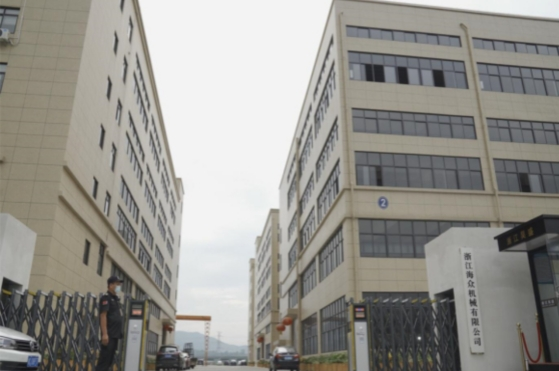
ZHEJIANG HAIZHONG MACHINERY CO., LTD.
Popular Blogs
-
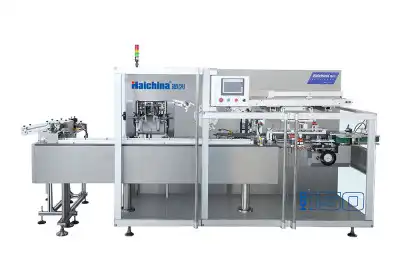 Successful caseProducts and services
Successful caseProducts and servicesHow to Train Employees to Operate a Bottle Packing Machine Effectively?
-
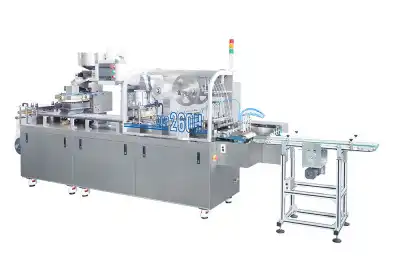 Successful caseIndustry insights
Successful caseIndustry insightsThe Blister Packaging Process: A Complete Step-by-Step Guide
-
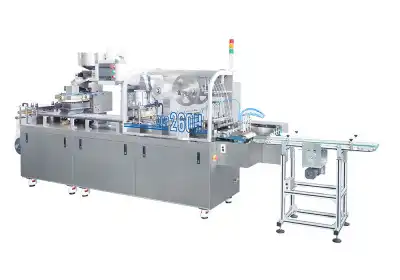 Successful caseComparative analysisIndustry insights
Successful caseComparative analysisIndustry insightsWhat Type of PVC Is Best for Blister Packing Machines?